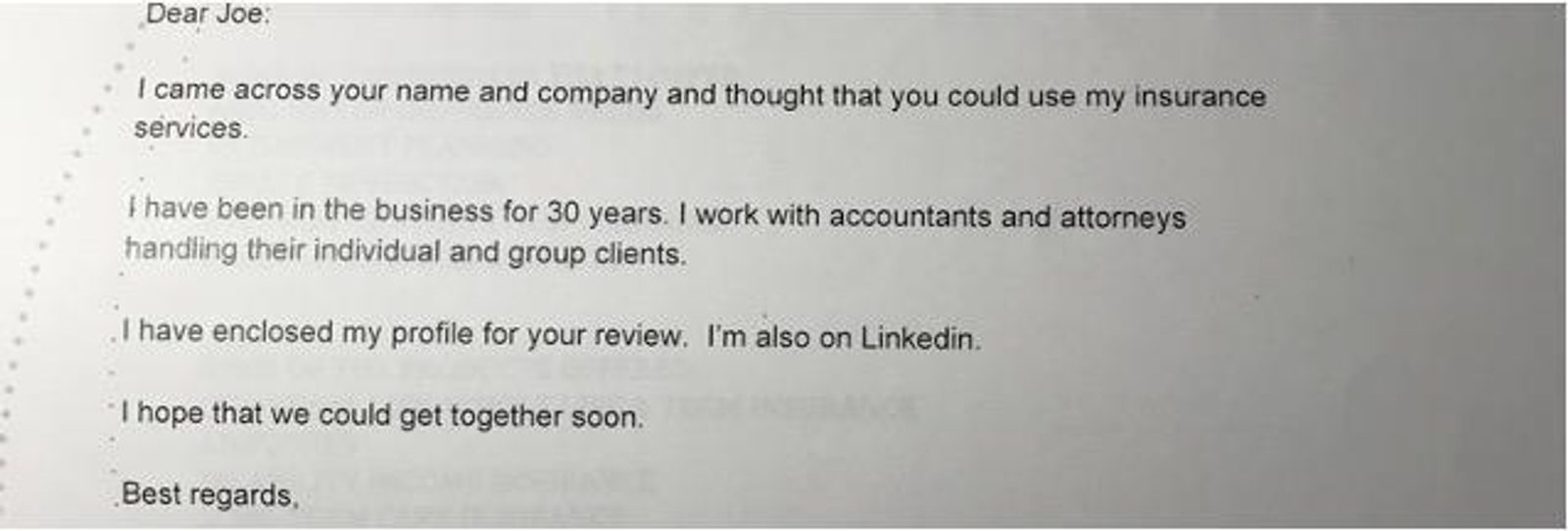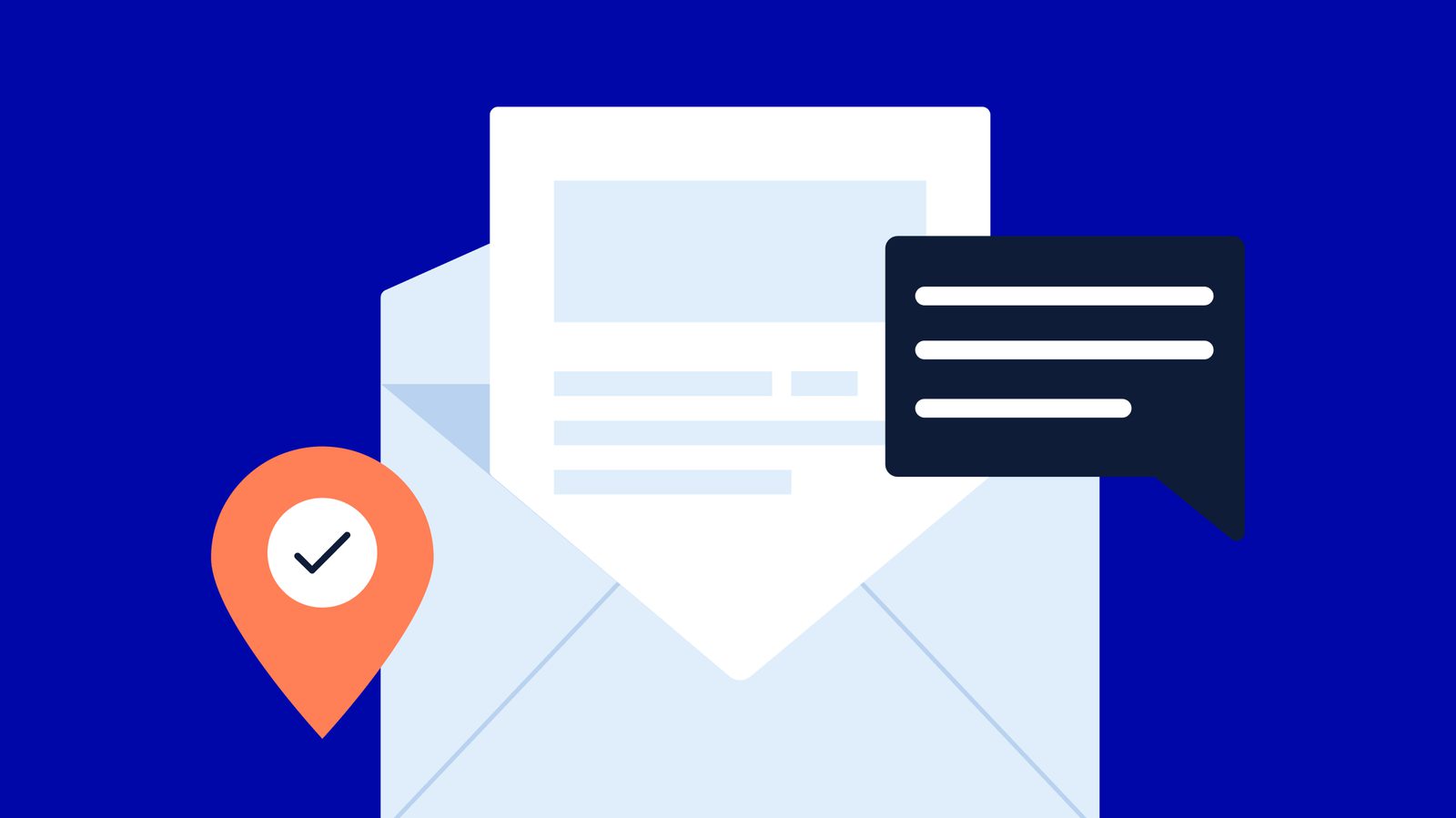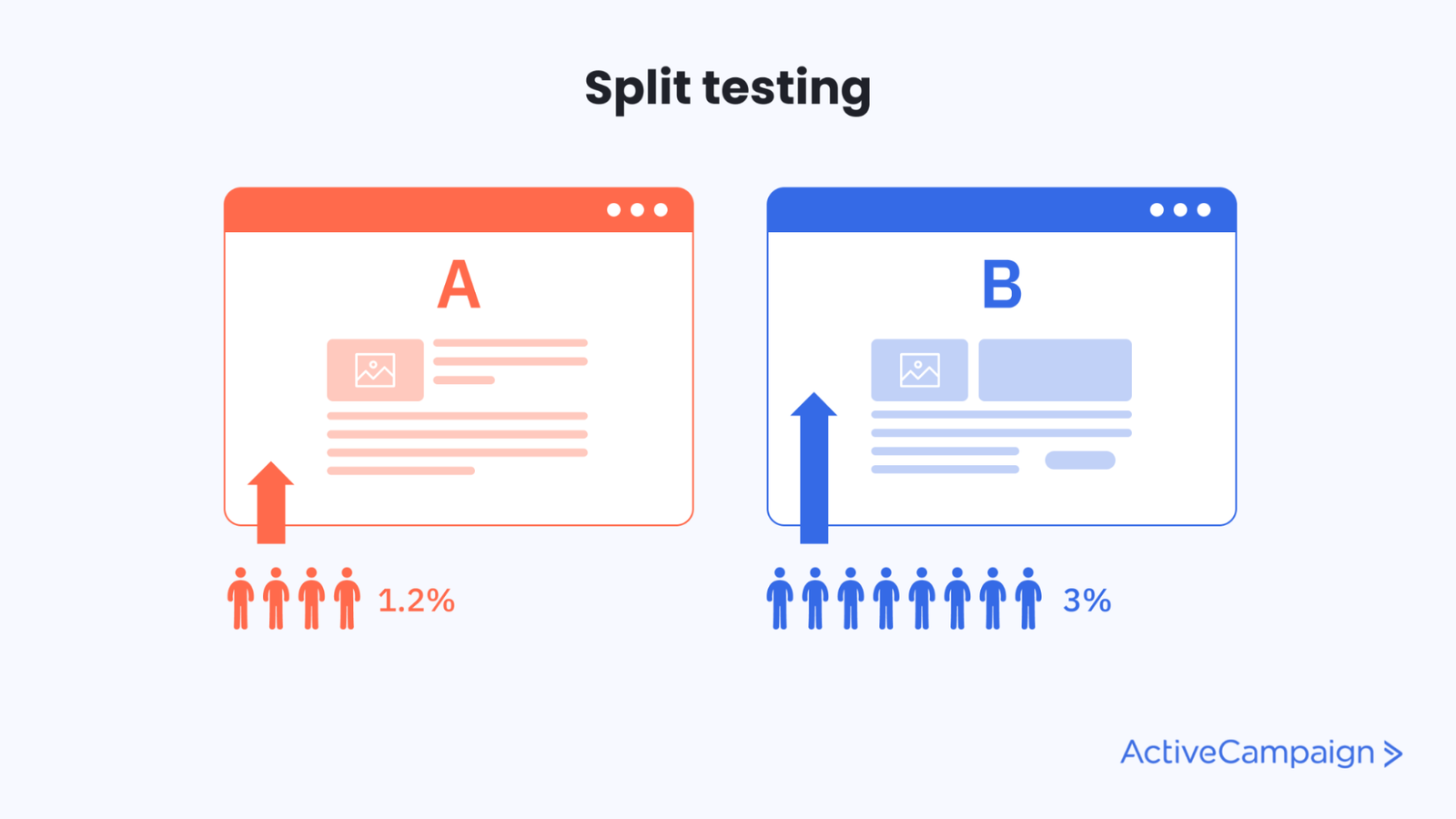With all due respect to subject line generators, 101 subject line lead magnets, and copywriters with great open rates… getting someone to open an email is essential, but the content is where the action is.
Most content falls short. We’ve found that the right content can double, even triple (sometimes much more since some are painfully low) click-through rates. All else equal, that can translate to 2-3 times the sales through improved content.
Content fails because the writers are smart, and they assume their readers are intelligent, modern, interested humans. They use educated language and write in a “professional” style to impress that intelligent human.
So their emails end up open but unread, lumped in with all the other humdrum spreading through the ether.
Because the reader of your marketing email isn’t really human at all. The reader is actually a skeptical reptilian gatekeeper. So if you want them to read your content, you’ll need strategies to appeal to the gatekeeper. I offer you six.
First, the reality of attention
You’ve probably heard that the average human attention span is less than that of a goldfish. If you haven’t, here’s the short version: researchers compared humans and goldfish. Goldfish have an attention span of nine seconds, humans eight seconds.
It turns out that as entertaining as that statistic is, the research was probably flawed and many disputed the conclusion. Our first-hand data suggest that eight seconds is generous when it comes to piquing the interest of a digital consumer, so we still think it is a great rule of thumb.
Human attention span used to be longer. But in the modern world, we receive thousands of messages daily. If we dedicated time and energy to each one, we wouldn’t have time to eat or sleep or do other important human things.
So the eightsecond attention span isn’t a bug; it’s a feature built into our brains. It sits in the evolutionarily oldest part of our brain, a part responsible for survival, for taking in vast amounts of information and deciding in seconds (or less) whether something matters.
It’s so old evolutionarily that we share it with reptiles. We call that part of the brain the reptilian brain.
So, it’s a reptile that is reading your marketing email
The reptilian brain has one function: to keep you alive.
Fortunately, it takes in vast amounts of information from your senses and ignores most of it. It looks for patterns.
Only when these patterns form a threat or a shiny, exciting thing does the reptilian brain do anything with the information. If there’s a threat, it triggers the fight or flight instinct. When it finds a shiny thing that piques its interest, the reptilian brain passes it to the modern part of the brain for further processing.
As a brand, your objective is to be a shiny thing.
At Start Grow Manage, we work with Managed Service Providers, nothing interests the reptilian brain less IT. We train all of our members to speak to the reptilian brain and I assure you, if they can do it you can too.
Now, there is a caveat.
Humans can override and train the reptilian brain. Once someone is interested in something, they will delve deeper and spend the time to learn more. What was once dull, professional gibberish can become interesting, relevant content.
But marketing content, your emails, are new, and your reader will not delve in to learn more. They’ll spend at most eight seconds and judge it with the steely eye of a distracted reptile.
Six ways to be a shiny object that the reptilian brain craves
There are a number of tactics you can use to cater to the reptilian brain. Let's take a look at six.
Way number 1: Make it about the person you are writing to
If you ignore all the other ways into the reptilian brain, do this.
The most important person to everyone in the world is themselves. Yes, I know how important kids and spouses are. I have two of the former and one of the latter.
And, yeah, give me the choice, and I’d give my life for my kids, and while I may pause first, honestly, for my wife too. But that is a conscious act. Subconsciously, my reptilian brain will do everything in its power to protect me physically and my ego.
It’s true for you, too.
So, emails that start with: “I have something interesting to share that will change your life” don’t get read and don’t inspire action.
Simply shifting things around to say: “You need this life-changing information,” makes it much more likely that the reader will get to the following line.
The worst thing you can do in an email is talk about what you’ve done, what you plan to do, your accomplishments, or who you are. This is one of the easiest things to correct, and I’ve seen significant click-through rate increases just as a result of making the content about the reader.

How do you make your email about the reader? Here are some ways:
- Know who your reader is - this means defining your avatar in detail.
- Talk about your reader’s problems, issues, and life.
- Write in the second person (you), not the third person (they, he, she). This is huge since the second person automatically makes it about the reader and is more friendly and engaging.
- This is really point 3a rather than point 4, but relevant: steer clear of passive voice. (You take action (active) rather than action was taken (passive)). There is a perception out in the world that the passive voice is more formal and professional, but it isn’t, and it takes the focus 100% away from the reader. So don’t use it.
Way number 2: Use contrast
The reptilian brain loves contrast. It gets contrast.
Contrast can be “before and after,” “big and small,” “either or”, or things that don’t fit together (imagine a red square with the word green written on it).
Contrast stands out and causes the reptilian brain to want to learn more. You’ll often see this contrast in weight loss before and after photos. They’ll have a picture of a person looking drab, unhappy, and clearly overweight in one shot, and that same person happy, colorful, and clearly not overweight right next to it.
See a prime example below.

This is a puzzle the reptilian brain gets pulled into every time; it has to understand why.
Contrast is best in images, where the brain processes the whole scene simultaneously. But you can also use stories of transformation or contrast the present and the future to bring contrast to your writing.
We work primarily with technical companies, so some of the things we’ve found useful are:
- Chaotic setups versus organized setups
- Frustrated user versus happy user
- Old and dusty versus new and sleek
- Tumultuous versus calm
If you’re looking for contrast, consider the transformation you offer and see how you can visualize it.
Way number 3: Get tangible
The reptilian brain is not intelligent. It’s a filter. So, when you talk about abstract concepts, it tunes them out. Tangible concepts pique its interest.
This Mister Clean ad is a great example:

This is one reason why numbers are so powerful. “Here are tips for you” is less engaging than “Here are 5 tips for you” because the second one is more tangible.
As an aside, odd numbers are better than even numbers, which may be a funny thing to say in a list of 6, but it’s true. I didn’t want to shortchange you, so you get all 6. So, think about how to make things more tangible.
Again, from the technical world, here are some examples of how to make the abstract “Cybersecurity” tangible:
- Show someone physically “stealing” data from a computer.
- Show an obvious “bad guy” typing into a computer (ideally in a dark room…)
- Share testimonials of people who’ve suffered cyber-security issues.
Way number 4: Focus on the beginning and the end
George Lucas said, “The secret to a good movie is a hot opening, a hot close, and… just don’t screw up the middle.”
The same goes for your emails. The beginning has to draw the reptile in, and the end gives it something to remember.
This is one reason P.S.s are such a powerful tool: your reader will likely look at the beginning and the end before bothering to read the stuff in the middle.
A framework we like to help with the beginning and the end is situation - action - result.
Here it is:
- Situation: Start by describing a situation that is relevant to your reader. Since it is relevant to them, they’ll pay attention.
- Action: Follow with the actions you took, they took, somebody took, whatever the action is. This is the part you want to avoid screwing up.
- b End with the results. The reptilian brain loves results, and since you started with a situation it cares about, the reptile can see the resolution of that situation, which is exciting.
- Another trick is to talk about transformation: where they are at the beginning, blah, blah, blah, where they are at the end.
Note that the middle isn’t irrelevant; it’s that your reader will pay more attention to the middle part once the beginning draws them in, and they will remember the end.
Way number 5: Be visual
The reptilian brain senses the world. All the information coming in through the five senses goes through it. So, the more you appeal to the senses, the more interested the reptilian brain will be.
Visual stimuli are potent because they convey so much information, and the reptilian brain is particularly sensitive to them. Probably out in the bush, seeing an attacking saber tooth tiger was a considerable advantage.
(Smell is also very powerful but, thankfully, less ideal for email.)
Today, in the absence of dangerous predators chasing us through the bush, good visuals make for great marketing. Anti-smoking ads are a great place to look for powerful visuals that connect, like this one:

Pictures are perfect, but you can also tease the visual sense with words.
Choose exciting words that create a visual in the mind rather than boring words that shrink into the background.
For example, consider the verb to sit and the sentence: “We sat in the corner,” which is boring and doesn’t tell you much.
Compare that with the visuals that come to mind when I say:
- We huddled in the corner
- We cowered in the corner
- We gathered in the corner
- We meditated in the corner
Each of these is both more tangible and visual. So consider your word choice and make your words more “visual.”
Side note: Use interesting verbs and nouns; avoid adjectives. Reptiles don’t like adjectives.
Way number 6: Use emotion
The reptilian brain is very emotional. Remember, it protects your ego as much as your physical self. So emotionally engaging language and images are a great way to pique its interest.
While attempting to be “professional,” we tend to cull emotion from our emails and communication in general. However, according to Harvard Business School professor Gerald Zaltman in his book How Customers Think: Essential Insights into the Mind of the Market, 95% of purchase decision-making is unconscious, and in that unconscious space “emotional knowledge overrides their rational knowledge when they make their purchases.” Essentially 95% of a buying decision is emotional.
So, imagine how important it is to get people to read your email.
You can go too far; being overly emotional can be a turn-off. But I’m pretty sure you aren’t there yet; very few people are.
One of our most successful stories at Start Grow Manage is about how our founder, Joe, was sitting at his table crying over a stack of bills because his business was failing (we even use it in our about us page). People can relate, and we follow that up with his actions and the emotional result of being free from debt and feeling good about life again.
I also like the old Mac versus PC ads from 20 years ago. Those ads are for computers but have a solid emotional pull without being sappy.
So there you have it, 6 strategies to appeal to the actual email reader
There is a marketing adage that you write like a fourth grader is reading, and now I’m suggesting you regress to the early stages of evolution.
This doesn’t mean that you talk down to your readers or even that your readers aren’t truly the smart, intelligent, professional people you think they are. It means that they are dedicating their intelligence to things they find meaningful.
You want to pass the meaningful test, so try these strategies. A few minor tweaks can help you get past the reptilian gatekeeper and pique your reader’s interest so they apply a bit of their intellect to your message, all within eight seconds.
You’ll love what it does to your click-through rates.






